Neue Pinakothek, Munich (original) (raw)
Neue Pinakothek, Munich
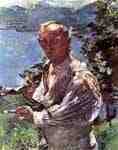
Great self-portrait in front of the Walchensee, Lovis Corinth
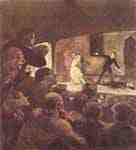
Melodrama, Honoré Daumier
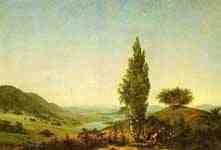
The summer (landscape with lovers), Caspar David Friedrich
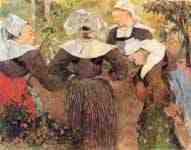
The Dance of the Four Breton Women, Paul Gauguin
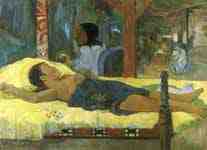
Nativity, Paul Gauguin
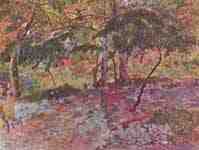
Landscape in Martinique, Paul Gauguin
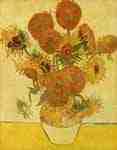
Still life with sunflowers, Vincent Willem van Gogh
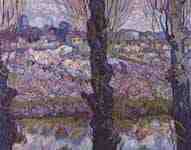
View of Arles, Vincent Willem van Gogh
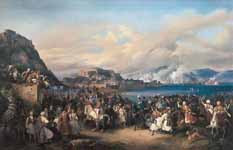
The Entry of King Othon of Greece into Nauplia, Peter von Hess
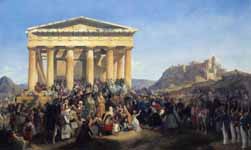
The Entry of King Othon of Greece in Athens, Peter von Hess
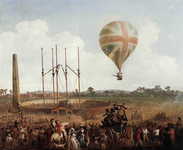
George Biggins' Ascent in Lunardi' Balloon, Julius Caesar Ibbetson
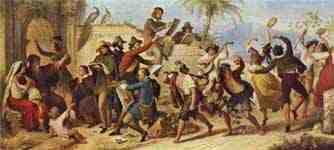
German artists in Rome, Wilhelm von Kaulbach
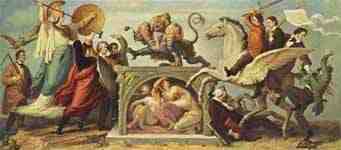
Fight against the chimera of the wig time, Wilhelm von Kaulbach
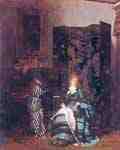
Chopin, Albert von Keller

The dancer Madeleine, Albert von Keller
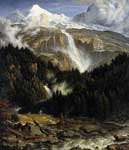
The Schmadribach Falls, Joseph Anton Koch
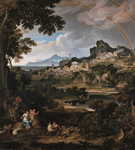
Heroic Landscape with Rainbow, Joseph Anton Koch
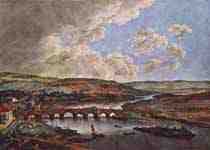
Main Bridge, Ferdinand Kobell
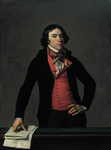
Portrait of Bertrand Barčre de Vieuzac, Jean-Louis Laneuville
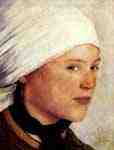
Farmer girl with white headscarf, Wilhelm Maria Hubertus Leibl
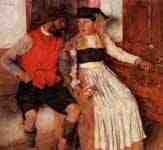 In the farmhouse parlor, Wilhelm Maria Hubertus Leibl
In the farmhouse parlor, Wilhelm Maria Hubertus Leibl
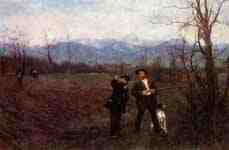 Leibl and Sperl on the chickens hunt , Wilhelm Maria Hubertus Leibl
Leibl and Sperl on the chickens hunt , Wilhelm Maria Hubertus Leibl
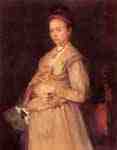 Portrait of Mrs Gedon, Wilhelm Maria Hubertus Leibl
Portrait of Mrs Gedon, Wilhelm Maria Hubertus Leibl
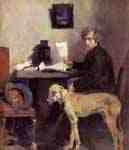 Portrait of the Painter Sattler with his Great Dane, Wilhelm Maria Hubertus Leibl
Portrait of the Painter Sattler with his Great Dane, Wilhelm Maria Hubertus Leibl
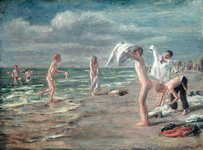
Boys Bathing, Max Liebermann
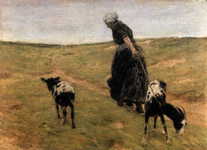
Woman with Goats, Max Liebermann
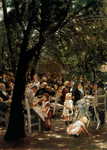
Munich Beer Garden, Max Liebermann
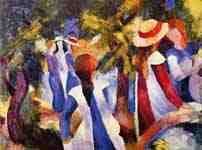
Girl In Green, August Macke
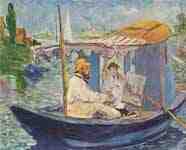 Claude Monet in his studio ( Argenteuil ), Edouard Manet
Claude Monet in his studio ( Argenteuil ), Edouard Manet
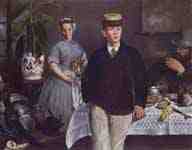 Luncheon in the Studio, Edouard Manet
Luncheon in the Studio, Edouard Manet
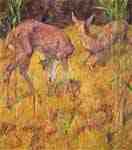
Deer in the reed, Franz Marc
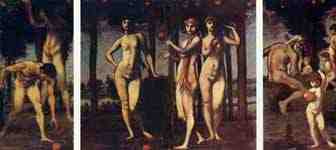 Hesperides triptych, Hans von Marées
Hesperides triptych, Hans von Marées
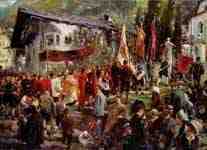 Corpus Christi Procession in Hofgastein, Adolph Friedrich Erdmann von Menzel
Corpus Christi Procession in Hofgastein, Adolph Friedrich Erdmann von Menzel
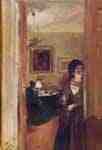 Living room with the sister of the artist, Adolph Friedrich Erdmann von Menzel
Living room with the sister of the artist, Adolph Friedrich Erdmann von Menzel
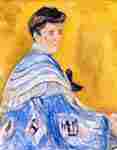
Hanni Esche, Edvard Munch
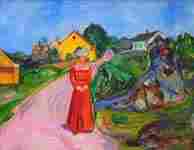
Woman in Red Dress, aka, Aasgaardstrand, Edvard Munch
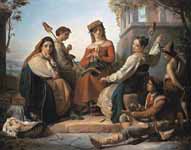
Women Spinning in Fondi, François-Joseph Navez
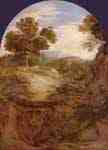
Elijah in the Wilderness, Ferdinand Olivier
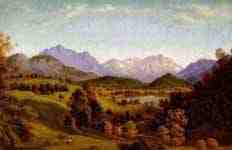
Loisachtal, Ferdinand Olivier
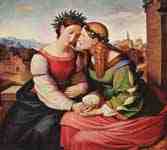
Italia and Germania (Sulamith and Maria), Friedrich Overbeck
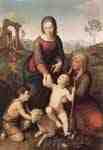
Mary and Elizabeth, Friedrich Overbeck
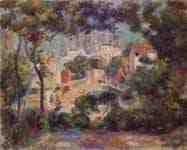 Landscape with view of Sacre Coeur, Pierre-Auguste Renoir
Landscape with view of Sacre Coeur, Pierre-Auguste Renoir
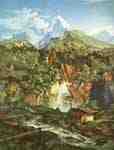
The Watzmann, Adrian Ludwig Richter
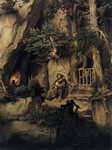
A Player with a Hermit, Moritz von Schwind
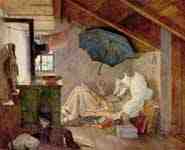 The Poor Poet, Carl Spitzweg
The Poor Poet, Carl Spitzweg
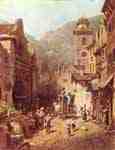 The visit of the Country father, Carl Spitzweg
The visit of the Country father, Carl Spitzweg

The beggar musician, Carl Spitzweg

Sin, Franz von Stuck
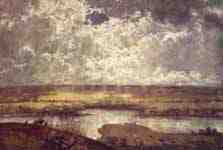 Mainlandschaft, Hans Thoma
Mainlandschaft, Hans Thoma
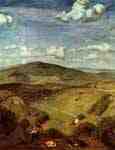 Taunus landscape, Hans Thoma
Taunus landscape, Hans Thoma
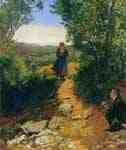
The Expected, Ferdinand Georg Waldmüller
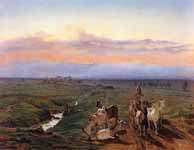
Evening Landscape with herd of goats, Ferdinand Georg Waldmüller
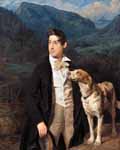
Waldmüller's Son Ferdinand with Dog, Ferdinand Georg Waldmüller
The Neue Pinakothek (New Pinakothek) is an art museum in Munich, Germany. Its focus is European Art of the 18th and 19th century and is one of the most important museums of art of the nineteenth century in the world. Together with the Alte Pinakothek and the Pinakothek der Moderne it is part of Munich's "Kunstareal" (the "art area").
The new home of the Neue Pinakothek, opened in 1981
Neue Pinakothek 1880
The building
The museum was founded by the former King Ludwig I of Bavaria in 1853. The original building constructed by Friedrich von Gärtner and August von Voit was destroyed during World War II. The ruin of the Neue Pinakothek was demolished in 1949. Designed by architect Alexander Freiherr von Branca the new postmodern building with features such as arched windows, keystones, bay windows and stairways, opened in 1981. It combines a concrete construction with a stone facade design.
History
Gauguin's The Birth of Christ (1896), which brought Hugo von Tschudi to Munich and became the foundation of the Pinokathek's modern art collection
Ludwig began to collect contemporary art already as crown prince in 1809 and his collection has been steadily enlarged. When the museum was founded, the separation to the old masters in the Alte Pinakothek was fixed with the period shortly before the turn of the 19th century, which has become a prototype for many galleries.
Owing to the personal preference of Ludwig I there was initially a strong focus on paintings of German Romanticism and the Munich School. Also dynastic considerations played a role as Greece had become a secundogeniture of Bavaria in 1832. In 1834 Carl Rottmann travelled to Greece to prepare for a commission from Ludwig for a cycle of great Greek landscapes which was installed in the Neue Pinakothek, where the paintings were given their own hall.
The so-called Tschudi Contribution between 1905 and 1914 brought the Pinokathek an extraordinary collection of masterpieces of Impressionism and Post-Impressionism. Hugo von Tschudi was dismissed by Kaiser Wilhelm as a penalty for his bringing Gauguin's The Birth of Christ into the National Gallery in Berlin. He went on to become the director of the Pinokathek. As general director of the State Collections, Tschudi acquired 44 paintings, nine sculptures and 22 drawings, mostly from emerging French artists. Since public funds could not be used to purchase these works, Tschudi’s associates raised the money from private contributions after his death in 1911.
The delimitation to the modern painters displayed in the Pinakothek der Moderne was later fixed by taking the restart of Henri Matisse and the Expressionists into account (ca. 1900). Consequentially a painting of Matisse acquired by the "Tschudi Contribution" is now displayed in the Pinakothek der Moderne.
In 1915, the Neue Pinakothek became the property of the Bavarian state. A self-portrait of Vincent van Gogh was confiscated in 1938 by the Nazi regime as degenerate art and sold one year later.
Collection
The museum is under supervision of the Bavarian State Painting Collections which houses an expanded collection of more than 3.000 European paintings from classicism to art nouveau. About 400 paintings and 50 sculptures of these are exhibited in the New Pinakothek.
Francisco de Goya Plucked Turkey (1810).
International paintings of the second half of 18th century:
Among others the gallery exhibits works of Francisco de Goya (Plucked Turkey) (Don José Queraltó as a Spanish Army doctor), Jacques-Louis David (Anne-Marie-Louise Thélusson, Comtesse de Sorcy), Johann Friedrich August Tischbein (Nicolas Châtelain in the garden) and Anton Graff (Heinrich XIII, Graf Reuß).
English paintings of 18th and early 19th century:
It's one of the largest collections outside the United Kingdom with masterpieces of Thomas Gainsborough (Mrs. Thomas Hibbert) (Landscape with Shepherd and Flock), William Hogarth (Richard Mounteney), John Constable (View of Dedham Vale from East Bergholt), Joshua Reynolds (Captain Philemon Pownall), David Wilkie (Reading the Will), Thomas Lawrence (The Two Sons of the 1st Earl of Talbot), George Romney (Catherine Clements), Richard Wilson (View of Syon House Across the Thames near Richmond Gardens), Henry Raeburn (Mrs. J. Campbell of Kilberry), George Stubbs (The pointer) and J. M. W. Turner (Ostende).
German artists of Classicism in Rome
like Friedrich Overbeck (Italia and Germania), Friedrich Wilhelm von Schadow (The Holy Family beneath the Portico), Heinrich Maria von Hess (Marchesa Marianna Florenzi), Peter von Hess (The Entry of King Othon of Greece into Nauplia) and Peter von Cornelius (The three Marys at the Tomb).
German Romanticism
with paintings of Caspar David Friedrich (Garden Bower), Karl Friedrich Schinkel (Cathedral Towering over a Town), Carl Blechen (Building of the Devil's Bridge) and others.
Biedermeier
represented by Franz Xaver Winterhalter (Graf Jenison-Walworth), Carl Spitzweg (The Poor Poet) , Moritz von Schwind (A Symphony) and Ferdinand Georg Waldmüller (Young Peasant Woman with Three Children at the Window).
French Realism and French Romanticism
with Eugène Delacroix (Clorinda Rescues Olindo and Sophronia), Théodore Géricault (Artillery Train Passing a Ravine), Gustave Courbet (Landscape near Maizières), Jean-François Millet (Farmer Inserting a Graft on a Tree), Honoré Daumier (The Drama) and others.
Deutschrömer (or German-Romans)
such as Hans von Marées (Self-Portrait), Arnold Böcklin (Pan in the Reeds), Anselm Feuerbach (Medea) and Hans Thoma (Landscape in the Taunus).
History paintings
with Wilhelm von Kaulbach ( King Ludwig I sourronded by artists), Karl Theodor von Piloty (Seni and Wallenstein), Franz von Defregger (Das letzte Aufgebot) and Hans Makart (Die Falknerin).
German Realism
like Wilhelm Leibl (Portrait of Frau Gedon), Franz von Lenbach (Aresing Village Street) and Adolph Menzel (Living-Room with the Artist's Sister).
German Impressionists
especially Max Liebermann (Boys Bathing), Lovis Corinth (Eduard, Count von Keyserling), August von Brandis (Duchblick) and Max Slevogt (The Day's Work Done).
Édouard Manet Luncheon in the Studio 1868.
French Impressionists
One of the world's leading collections with masterpieces of Pierre-Auguste Renoir (Portrait of a Young Woman), Édouard Manet (Lucheon in the Studio) (Monet Painting on His Studio Boat), Claude Monet (The Bridge at Argenteuil), Paul Cézanne (The Railway Cutting), Paul Gauguin (The Birth - Te tamari no atua), Edgar Degas (Woman Ironing), Camille Pissarro (Street in Upper Norwood), Alfred Sisley (The Road to Hampton Court), Georges-Pierre Seurat and Vincent van Gogh (Sunflowers) (The Weaver).
Symbolism and Art Nouveau and early 20th century
represented among others by Giovanni Segantini (L'aratura), Gustav Klimt (Margaret Stonborough-Wittgenstein), Paul Signac (S.Maria della Salute), Maurice Denis (Gaulish Goddess of Herds and Flocks), Henri de Toulouse-Lautrec (Le jeune Routy à Céleyran), James Ensor (Still Life in the Studio), Édouard Vuillard (Café Scene), Ferdinand Hodler (Tired of Life), Franz von Stuck (The Sin), Edvard Munch (Woman in Red Dress (Street in Aasgaardstrand)), Walter Crane (Neptun's horses), Thomas Austen Brown (Mademoiselle Plume rouge), Pierre Bonnard (Lady at the Mirror) and Egon Schiele (Agony).
Sculptures
Also sculptures of the 19th century are exhibited, for example works of Bertel Thorvaldsen (Adonis), Antonio Canova (Paris), Rudolph Schadow (Woman Tying Her Sandal), Auguste Rodin (Crouching Woman (La femme accroupie)), Max Klinger (Elsa Asenijeff), Aristide Maillol (La Flore), Pablo Picasso (Le Fou) and others.
----
Fine Art Prints | Greeting Cards | Phone Cases | Lifestyle | Face Masks | Men's , Women' Apparel | Home Decor | jigsaw puzzles | Notebooks | Tapestries | ...
----
Artist
A - B - C - D - E - F - G - H - I - J - K - L - M - N - O - P - Q - R - S - T - U - V - W - X - Y - Z
Retrieved from "http://en.wikipedia.org/"
All text is available under the terms of the GNU Free Documentation License
